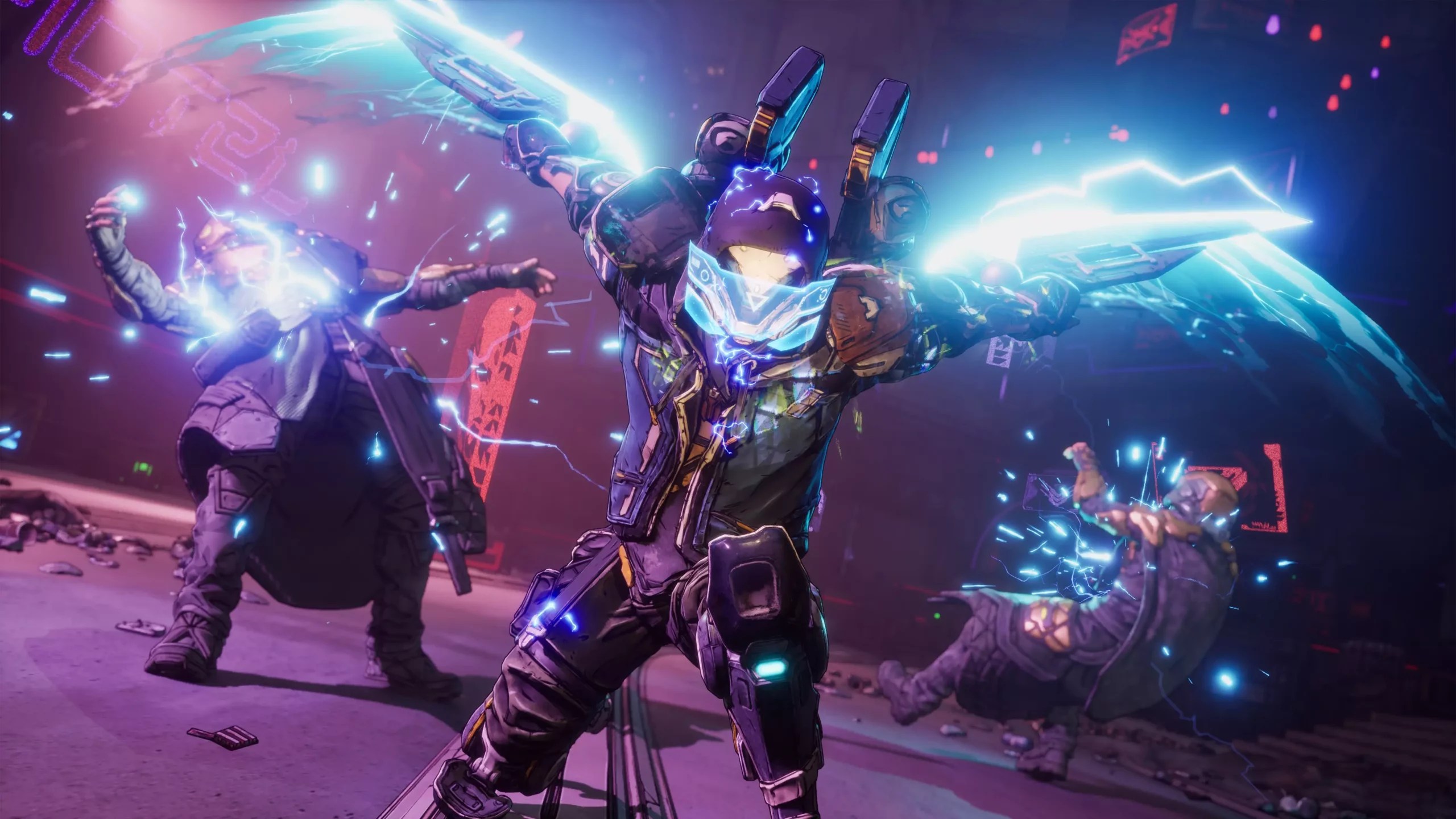As the gaming industry evolves, so does its pricing model, often sending ripples of concern and curiosity among fans. In recent times, the trend of increasing prices for video games has been reinforced by major players in the industry. With the anticipated release of Borderlands 4 by Gearbox in the backdrop of escalating costs and delayed launches—like that of the highly awaited GTA 6—questions surrounding the price tag for this title loom large. According to Gearbox CEO Randy Pitchford, while he does not yet have a definitive answer about Borderlands 4’s pricing, the conversation reflects broader industry dynamics that are rapidly changing the expectations for what gamers will pay.
A Complicated Market Landscape
Pitchford candidly admitted at a PAX East panel that he is uncertain about the future price of Borderlands 4. However, he acknowledged the potential to align with the “new pricing” established by titans like Nintendo and Microsoft, who have recently set the bar higher with games costing up to $80. The implication is clear: as development budgets swell—Borderlands 4 reportedly has more than double the budget allocated for its predecessor—the question of what consumers are willing to pay becomes paramount.
The gaming economy is in a precarious state, balancing between cost-sensitive consumers and the rising expenses associated with high-quality game production. Developers face an ever-growing array of challenges, including increased tariffs on retail packaging and the rising costs of in-game production that mandate a reconsideration of traditional pricing models. Pitchford’s insights suggest that they might opt for a pricing strategy that reflects these realities, which raises the stakes not just for Gearbox but for the entire gaming landscape.
Consumer Sentiment and Purchasing Power
Consumers are understandably torn; they want engaging content without being financially stretched. Pitchford noted that while some players are resistant to rising prices, others accept that significant game budgets necessitate adjustments. Ultimately, the decision about where Borderlands 4 will fall on the pricing spectrum remains in the hands of the publishing house. The balance between attracting as many buyers as possible—while also providing a perceived value for the price—is indeed a delicate one.
The philosophy at Gearbox remains centered on value for money. Pitchford emphasized that they aim to create an experience that feels worthwhile for players, stating, “We want everyone who buys and plays a Gearbox game to feel certain that they got the better end of the bargain.” This commitment indicates a dedication to quality, but it also highlights the conflict between the desire for affordability and the realities of producing top-tier content.
Pre-orders and Consumer Expectations
With pre-orders projected to open soon, the anticipation is palpable, yet the uncertainty surrounding the price leaves a cautious air among fans. As the initial inquiries appear to lean towards potential price hikes, there’s an underlying hope that Gearbox might offer more competitive options in response to gamer feedback. Pitchford even humorously alluded to the introduction of paid features—like a minimap option—in response to community feedback about gameplay design choices, subtly indicating that gamers might see extra monetization avenues in the future.
This playful banter points to the inherent tension in modern gaming between players and developers. Gamers are seeking the features they want, while developers are tasked with balancing extensive budgets and the necessity for profitability. The concept of a minimap, for example, turns into a touchpoint for deeper conversations about player engagement and experience design. Such dialogues will be vital as developers navigate what players want versus what they can afford.
A Glimpse into the Future
The uncertainty surrounding Borderlands 4’s pricing is emblematic of a larger trend in the industry that could reshape how games are marketed and sold. With current trends showing a willingness among publishers to charge more per title, consumers may need to recalibrate their expectations while remaining vigilant about the value they’re receiving. As developers like Gearbox confront these challenges, the outcome will not only define the next chapter for Borderlands but could also signal a transformative shift in gaming culture and consumer behavior in a world where adaptation is essential for survival.


Leave a Reply